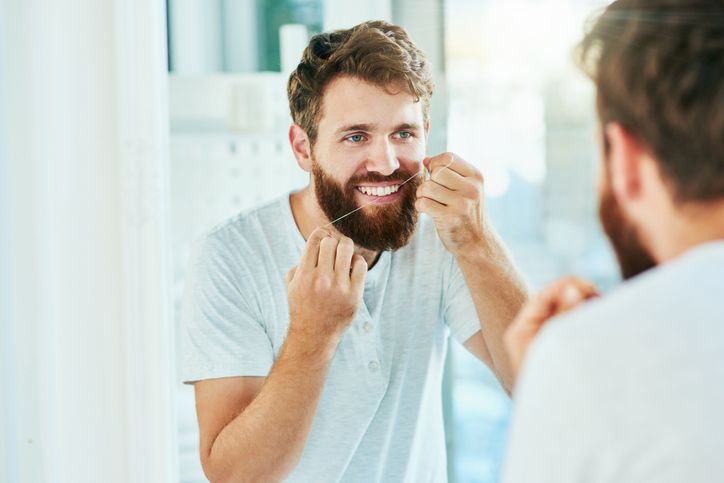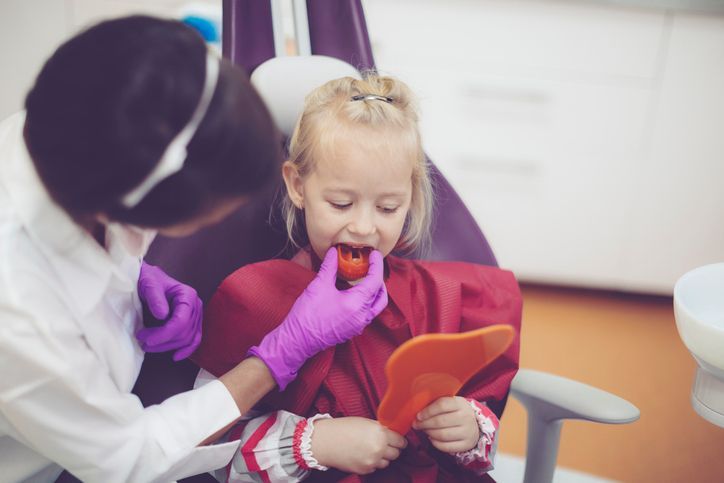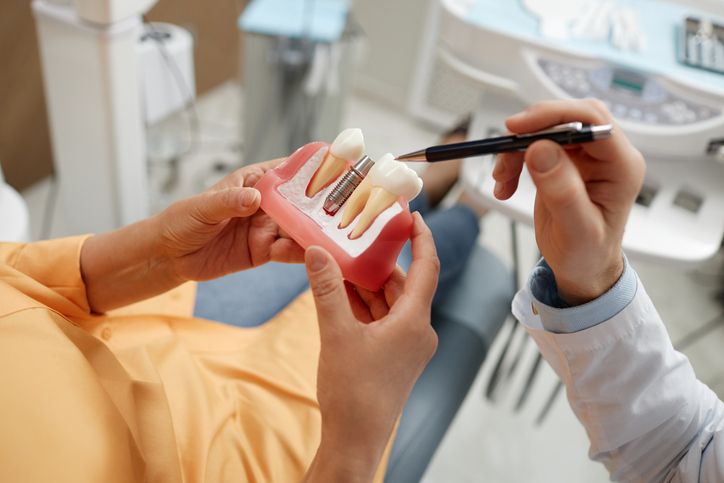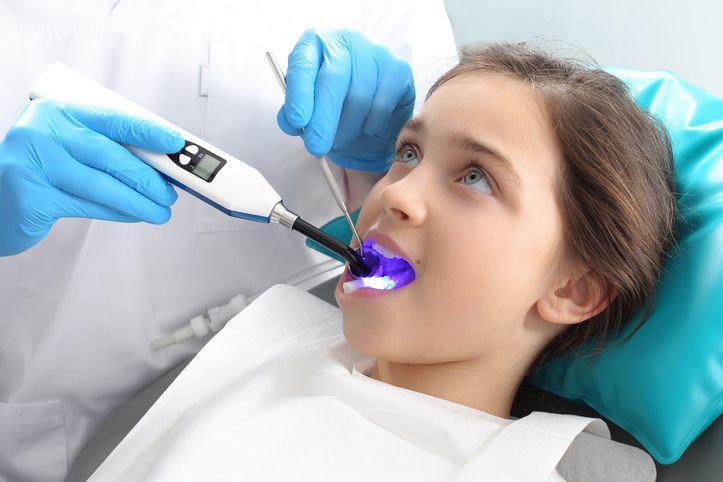Dental Emergency? (724)942-8300
Understanding Retainers: Types, Care, and Importance

Retainers are essential devices used post-orthodontic treatment to maintain the alignment of your teeth. They play a critical role in ensuring that your newly straightened smile remains perfect. This blog will inform you about the different types of retainers, how to care for them, and why they are crucial for your long-term dental health.
Types of Retainers
Fixed Retainers
Fixed retainers, also known as permanent retainers, consist of a thin wire bonded to the back of your teeth. They are typically placed on the lower front teeth and sometimes on the upper front teeth. The main advantage of fixed retainers is that they provide constant support without needing to remember to put them in. Since they are hidden behind your teeth, they are also virtually invisible. However, fixed retainers can be challenging to clean around and may require professional adjustments from time to time.
Removable Retainers
Hawley Retainers
Hawley retainers are made of a combination of metal wires and acrylic. They are removable and can be adjusted, making them a durable option. Additionally, if damaged, they can be easily repaired. However, the metal wire is visible, and some users may find them bulky and uncomfortable.
Clear Plastic Retainers
Clear plastic retainers, such as Invisalign retainers, are custom-made from clear plastic that fits snugly over your teeth. They are virtually invisible and comfortable to wear due to their smooth and non-bulky design. On the downside, they can be fragile and may crack or warp if not handled carefully. These retainers might also need to be replaced more frequently than other types.
How to Care for Your Retainer
Cleaning Your Retainer
Maintaining a proper cleaning routine is essential for the longevity and effectiveness of your retainer. After removing your retainer, rinse it with lukewarm water. Use a soft toothbrush and mild, non-abrasive toothpaste or a retainer cleaner to gently clean it. Avoid using hot water, which can warp the retainer, and steer clear of harsh chemicals that can damage the material.
Storing Your Retainer
Proper storage is crucial to prevent damage and loss. Always store your retainer in its case when not in use, keeping it in a cool, dry place. Using a retainer case protects it from physical damage and helps maintain its cleanliness.
Handling Your Retainer
Handle your retainer with clean, dry hands to avoid transferring bacteria. To prevent damage, avoid bending the wires or dropping the retainer. If your retainer gets damaged, contact your orthodontist immediately for repairs or a replacement.
The Importance of Retainers
Maintaining Orthodontic Results
Retainers are vital in maintaining the results achieved through orthodontic treatment. They prevent your teeth from shifting back to their original positions while your gums and bones stabilize. The long-term benefits of wearing a retainer include preserving your straight smile and preventing the need for further orthodontic treatment.
Duration of Retainer Use
The duration of retainer use varies, but it generally involves full-time wear for the first few months, gradually transitioning to nighttime wear. Consistent use is critical because teeth have a natural tendency to move back to their original positions. Regular use of retainers ensures long-term stability of your orthodontic results.
Common Myths About Retainers
There are several myths and misconceptions about retainers. One common myth is that retainers are only necessary for a few months. In reality, long-term use is often required to maintain results. Another misconception is that if teeth shift, you can just get braces again. Retreatment can be more complicated and costly than using a retainer consistently. By debunking these myths, we emphasize the importance of consistent retainer use and proper care.
Choosing the right retainer and caring for it properly are crucial steps in maintaining your beautiful, straight smile. For personalized advice and guidance, consult with Severns Dentistry. Our team is dedicated to helping you achieve and maintain optimal orthodontic results.
For further orthodontic care and retainer consultations, don't hesitate to contact Severns Dentistry. We're here to support your journey to a perfect smile.

Author:
Natalie Severns, DMD
Upon graduating from the University of Pittsburgh School of Dental Medicine, Dr. Severns specialized in Orthodontics and Dentofacial Orthopedics at the University of Pittsburgh School of Dental Medicine. She then did an externship in London, England, at the prestigious Guy’s Hospital. At this hospital, she learned top therapies in Dentofacial Orthopedics to provide her patients with the best possible facial esthetics.
Blog

©2022 Severns Dentistry and Orthodontics.
All Rights Reserved. Website Design by Higher Images









